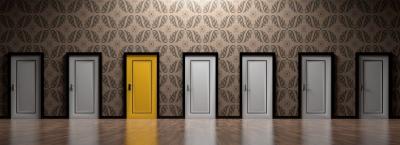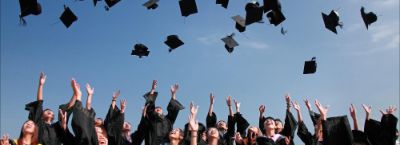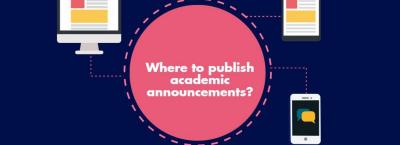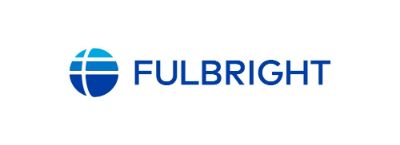Self-assessment and reflection are keys to self-awareness. A student needs to look into his thoughts, actions, feelings, and emotions neutrally. The learner articulates the relationship between their course content and experience. Self-assessment and reflection require an interactive process.
It provides students with an opportunity to evaluate themselves. Through evaluation, they can judge their learning process. After judgment, the learner decides to take ownership of their learning process. Unless they understand the learning process, they cannot become self-directed and self-reflective learners.
Benefits of self-assessment and self-reflection in student learning
Self-Assessment and self-Reflection help improve learning and educational outcomes. Students go beyond education and reflect on their style of learning. They go deeper into ways to help them improve their learning process. Learners pinpoint gaps in their skill sets and act to seal them. They get an array of benefits from the process.
Self-reflection helps you grow your skills and assess your effectiveness. It helps you to change from the traditional way of doing things. You change how you view college education, study, and student life. The process of self-reflection is not easy, but you can use essay help to achieve your goals. You can find professional writers on the site to write quality essays for you. This will allow you to prioritize what matters to you.
Evaluate their performance against a set of criteria: The best way for a learner to know if they are improving is to measure their performance against the set standards. If they are closer to the standards, their performance is good. They can also compare themselves with other learners and decide if they are doing well. Based on the criteria, the student decides on the strategies to help them improve.
Identify their strengths and weaknesses: Every student has strong and weak parts. They might do well in a certain topic or subject but perform poorly in another. It could be their strength is a commitment to study, but their weakness is time management. The purpose of identifying strengths and weaknesses is to create room for improvement.
Reflect on their learning style and processes: Students have varying learning styles. Some are slow learners, while others learn fast. Some learn better in the morning when they are fresh. Reflection on learning styles helps students to create schedules that align with them.
Track their learning progress: A student might be a poor learner today but improve three months down the line. Self-assessment and reflection help them see how they have been improving throughout the semester or year.
The setting of realistic goals: Education goals must be achievable within the available time. Ambiguous goals are hard to achieve.
Take action on feedback given by teachers or colleagues: The purpose of feedback is to help a student take action and correct their mistakes. The teacher expects to see performance changes in the next lesson, assignment, or exam. It is upon the student to set new goals based on the feedback they receive.
How teachers can help students improve on self-assessment and self-reflection
Self-assessment and self-reflection help students become self-organized, which is important in the process of learning. A teacher can help his learners improve this process.
Encourage a growth mindset: Throughout the learning process, students make many mistakes. They might feel like they are not suitable for the course. Encourage them to focus on the final goal but not on the failures. Help them to erase from their mind the feeling that they cannot make it and fill themselves with the belief that they can.
Acknowledge successes: When a student does well in a topic or lesson, or accomplishes something, praise them. Acknowledge them for their achievement and show them that you are happy about it. If possible, give gifts whenever you can.
Create in them a sense of ownership: Let your students own their learning from the time they join the school. Allow them to make decisions when giving assignments. Let them participate in creating classroom or course rules. No matter how tough a topic might seem, let them try and find the solutions.
Have realistic expectations: Do not create too high expectations but create goals within their abilities. If a student fails, do not compare them with another. They are unique and gifted with unique abilities.
Conclusion
A student can develop a growth mindset through self-assessment and self-reflection. They can know their strengths and weaknesses and adopt a new learning style to help them improve. The teacher can help the learner improve performance through motivation, setting realistic goals, and following up on progress. The learner, on the other hand, needs to take action on the feedback they receive from the teacher and colleagues.
Author’s Bio
Clifford Cullens is a top-rated writer for an academic help agency that provides writing assistance to students from schools and colleges. He believes that there is no greater joy than to help students who are often burdened due to academic pressure. Going by this philosophy, he strives to put his best foot forward when he receives an order that requires a high level of academic research.
Published on Dec 27, 2022




